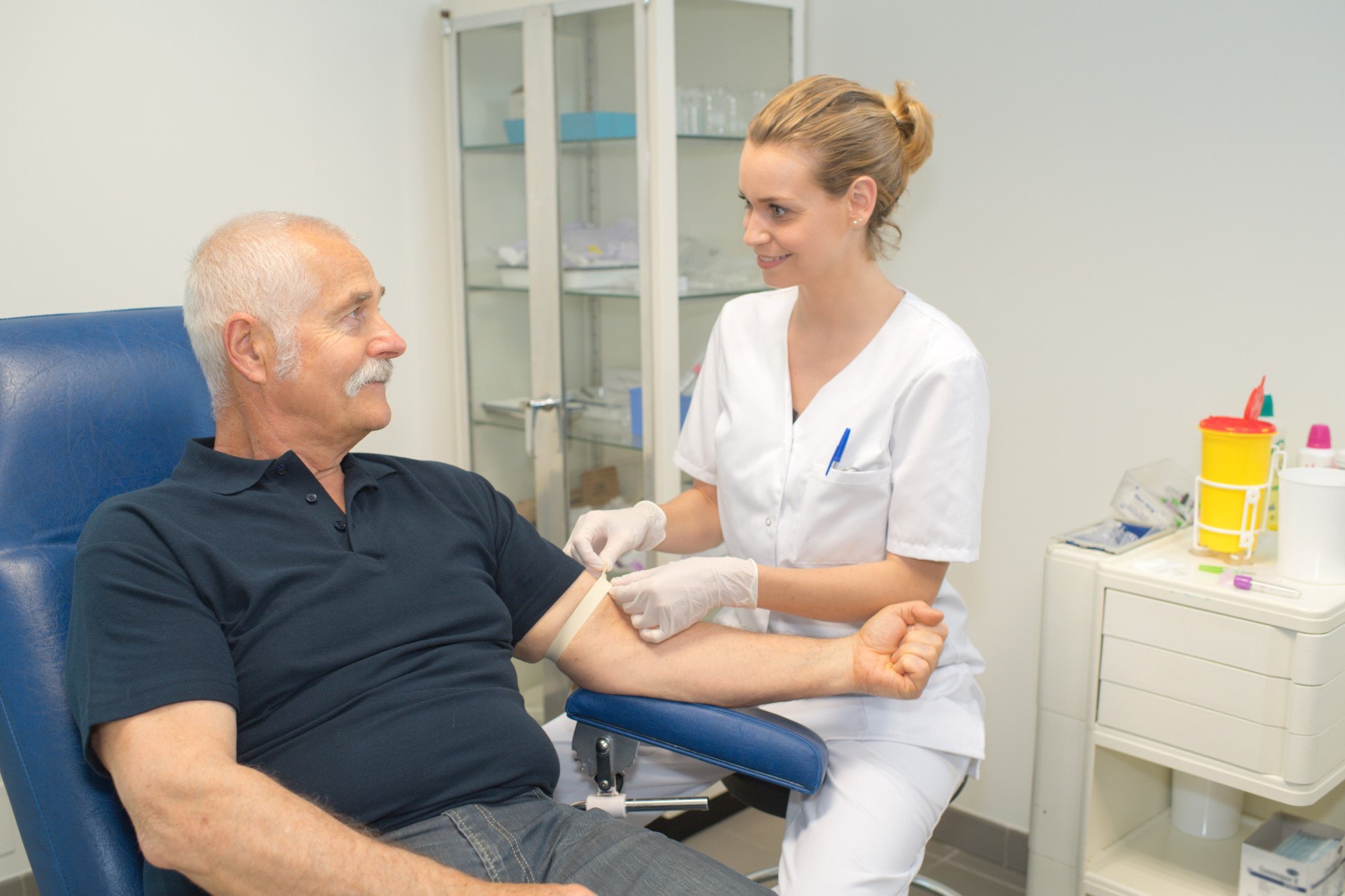How Northeast Medical Institute - New Haven Campus Phlebotomy Course & Cna Class can Save You Time, Stress, and Money.
How Northeast Medical Institute - New Haven Campus Phlebotomy Course & Cna Class can Save You Time, Stress, and Money.
Blog Article
The Best Guide To Northeast Medical Institute - New Haven Campus Phlebotomy Course & Cna Class
Table of ContentsThe smart Trick of Northeast Medical Institute - New Haven Campus Phlebotomy Course & Cna Class That Nobody is DiscussingExamine This Report about Northeast Medical Institute - New Haven Campus Phlebotomy Course & Cna ClassThe Definitive Guide for Northeast Medical Institute - New Haven Campus Phlebotomy Course & Cna ClassThe Only Guide to Northeast Medical Institute - New Haven Campus Phlebotomy Course & Cna ClassOur Northeast Medical Institute - New Haven Campus Phlebotomy Course & Cna Class PDFsEverything about Northeast Medical Institute - New Haven Campus Phlebotomy Course & Cna Class
The use of such tools ought to be accompanied by various other infection prevention and control techniques, and training in their usage.For setups with reduced resources, price is a driving aspect in purchase of safety-engineered devices. Where safety-engineered devices are not offered, experienced usage of a needle and syringe is appropriate.
labelling); transport problems; analysis of results for scientific administration. In an outpatient division or facility, provide a dedicated phlebotomy cubicle containing: a clean surface area with 2 chairs (one for the phlebotomist and the other for the client); a hand wash basin with soap, running water and paper towels; alcohol hand rub. In the blood-sampling space for an outpatient department or clinic, provide a comfortable reclining sofa with an arm rest.
Northeast Medical Institute - New Haven Campus Phlebotomy Course & Cna Class Fundamentals Explained
Guarantee that the signs for blood sampling are plainly defined, either in a created protocol or in recorded instructions (e.g. in a research laboratory form). In all times, follow the approaches for infection prevention and control provided in Table 2.2. Infection prevention and control techniques. Collect all the devices required for the procedure and place it within secure and simple reach on a tray or cart, ensuring that all the products are plainly visible.
Introduce on your own to the individual, and ask the person to mention their complete name. Examine that the research laboratory kind matches the individual's identification (i.e. match the patient's details with the research laboratory kind, to make certain exact recognition).
Make the person comfy in a supine setting (preferably). Location a clean paper or towel under the client's arm. Talk about the test to be performed (see Annex F) and obtain spoken approval. The individual has a right to decline a test at any moment prior to the blood tasting, so it is necessary to guarantee that the patient has actually recognized the procedure.
7 Simple Techniques For Northeast Medical Institute - New Haven Campus Phlebotomy Course & Cna Class
Prolong the person's arm and examine the antecubital fossa or lower arm. Situate a vein of a great dimension that is noticeable, straight and clear. The diagram in Section 2.3, shows typical placements of the vessels, but numerous variations are feasible. The typical cubital vein lies between muscle mass and is generally one of the most easy to puncture.
DO NOT place the needle where capillaries are drawing away, since this raises the opportunity of a haematoma. The blood vessel should be visible without applying the tourniquet. Locating the vein will assist in figuring out the proper dimension of needle. Use the tourniquet regarding 45 finger widths above the venepuncture site and re-examine the vein.
Samplings from central lines carry a danger of contamination or erroneous lab test results. It is acceptable, yet not excellent, to draw blood samplings when first presenting an in-dwelling venous tool, before attaching the cannula to the intravenous fluids.
Northeast Medical Institute - New Haven Campus Phlebotomy Course & Cna Class Things To Know Before You Buy
Permit the location to completely dry. Failing to permit enough contact time enhances the risk of contamination. DO NOT touch the cleaned site; in specific, DO NOT put a finger over the capillary to guide the shaft of the exposed needle. It the site is touched, repeat the disinfection. Carry out venepuncture as complies with.
Ask the patient to form a fist so the veins are more noticeable. Go into the vein swiftly at a 30 degree angle or much less, and proceed to present the needle along the blood vessel at the easiest angle of entrance - CNA Courses. Once enough blood has actually been gathered, release the tourniquet prior to withdrawing the needle
Examine This Report on Northeast Medical Institute - New Haven Campus Phlebotomy Course & Cna Class
Withdraw the needle carefully and apply gentle stress to the website with a clean gauze or dry cotton-wool sphere. my blog Ask the patient to hold the gauze or cotton wool in position, with the arm prolonged and raised. Ask the patient NOT to bend the arm, due to the fact that doing so triggers a haematoma.

The 8-Minute Rule for Northeast Medical Institute - New Haven Campus Phlebotomy Course & Cna Class
Where possible, keep the tubes in a rack and move the rack towards you - https://www.ted.com/profiles/47186180. If the sample tube does not have a rubber stopper, inject exceptionally gradually right into the tube as lessening the pressure and rate used to transfer the specimen reduces the danger of haemolysis.

Report this page